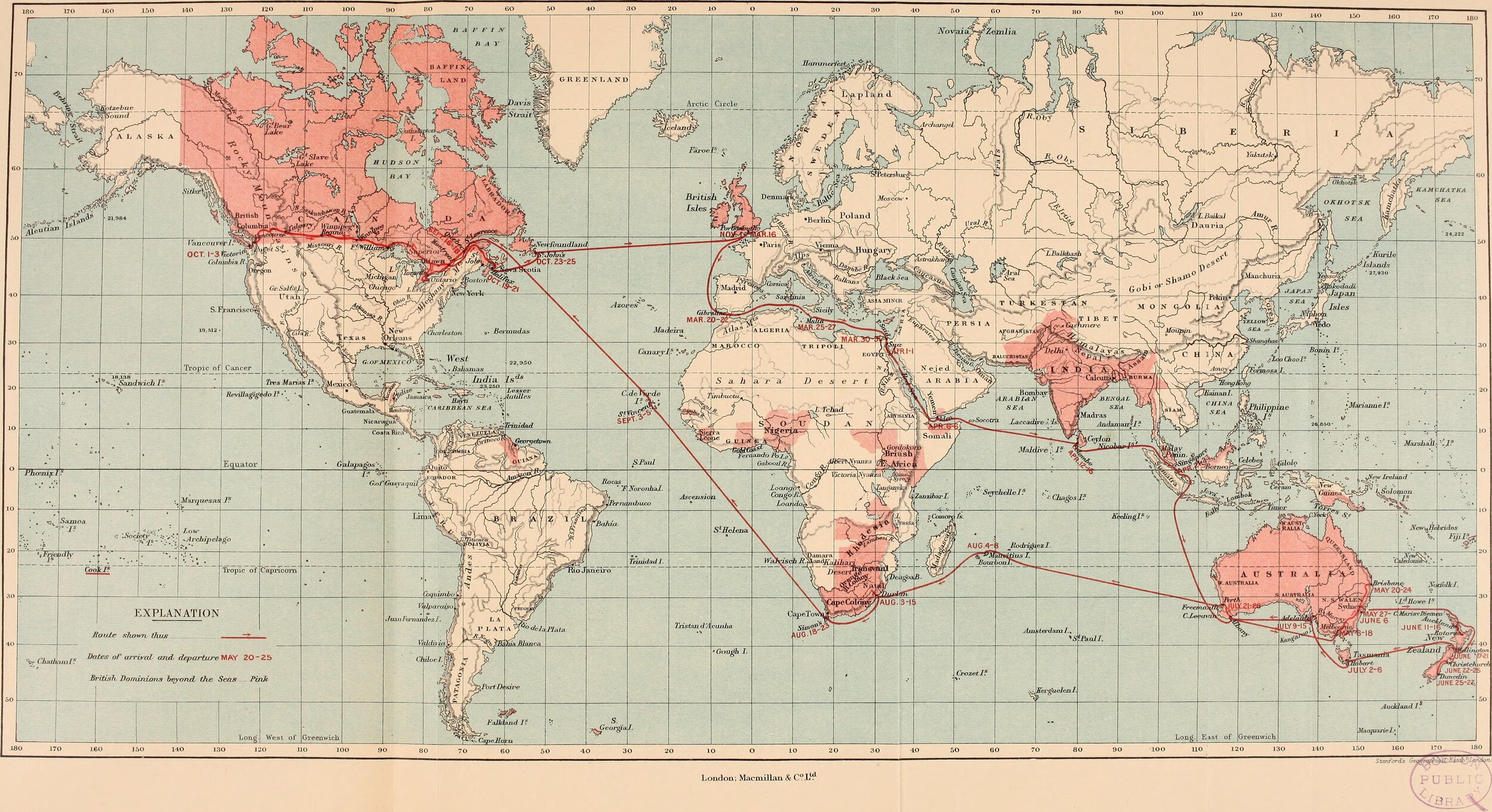
Part 5:
1945 to 2020: The Big Picture
#89 The Fall of the Soviet Union
When the Soviet Union collapsed in 1989, the western world was stunned. Their hyperbole of criticism and their lack of access to Soviet economic statistics left the Western countries unprepared for what to do next. The USA was prepared to celebrate; their Cold War had been successful, and they moved their best economists to Moscow to advise. From having no access and very limited knowledge, suddenly the situation was reversed. Their imperial ambitions soared.
#86 China’s Overseas Policy: Part 2
Conclusions arising from China’s Global infrastructure on the world stage are still difficult to assess. Do Chinese world policies create a new form of Imperialism as part of the anti-China rhetoric suggests?
That the USA resents the rise of China as a contender for world power is obvious. China is different as a contender state when compared to Germany before 1914 and the USSR after 1945. It is worth our time to consider these large questions?
#68 The Marshall Plan: Protecting Europe from Communism
The Marshall Plan had several purposes. First, the American economy needed outlets for export, and second, the entire European and Japanese economies were in ruins and debt from the war. The Marshall Plan provided much-needed trading dollars. The plan was also intended to counter the attractions of Soviet Communism and probably saved western Europe from following a socialist path. The infrastructure of Europe, including a large number of homes and factories, had been destroyed by the war.
#66 Controlling the Peace: the Soviets and the USA’s Wish for a Cooperative Peace
The economies and politics of all nations at war were shattered; the only exceptions were the USA, the USSR, and the UK who all had maintained their political systems. The economies of the UK and USSR were in pieces. The USA had not only not been invaded, but she had also lost the least number of men. Throughout all of this, her economy had been strengthened. When we compare this with the loss suffered elsewhere: the Russians had lost 20 million-plus, men women and children; the British had lost 375,000 men; the Japanese lost between 2 and 3 million people; the USA had lost 405,000 men or 2.0% of the Soviet losses.
#64 Controlling the Peace: The Re-establishment of World Power
Readers of these blogs will know that establishing world power has always required sophisticated ideology to justify action across the world. The centre of ideology in the hundreds of years after 1492, up to 1945 centred on race and racism; that European and then American invasions were by ‘superior’ peoples. Race was always a flexible tool and the exact variant varied over time determined by who were the perpetrators of the invasions and the moment in history.
The ideological story that followed 1945 would be determined by the USA. This blog discusses the new ideological tale told by the Americans and the old European colonial powers who had lost all their colonies as a consequence of the wars that ended in 1945.
#63 American Imperial Rule: American Intervention, Colonialism and Foreign Policy
‘The American century’ is considered the 20th century after 1945. From this time onwards, until the 21st century when China came again on to the world stage, America reigned supreme. This and the next several blogs will outline the framework and the choices she made to achieve global supremacy.
Unlike the earlier global powers, the US government and their think tanks carefully considered their options and structures. The earlier imperial powers had been led in the main by adventurers and privately financed enterprises. After 1945, American imperial expansion was led by her Government. And she knew the institutions which she wished to create to achieve world dominance.
#61 Global Structural Change 1945 -2020
Here I illustrate the broad outlines of the political framework determined by US policy, followed by the economic framework determined by global events. Some of these events were somewhat outside of the US control. Events like the attack on the Twin Towers in New York, or the collapse of the USSR, were of course outside direct US control. But once they happened, the US policy that followed had global consequences. Over these 70 plus years, the USA has been by far the most dominant power on the planet, hence global structural change has been directed by Washington.
Please don’t gasp with fury at what might at first appear to be a gross overstatement. As time elapsed after 1945, other powers, like China began to play an ever-greater role in world affairs. My job here is to illustrate the big picture on a global scale and you will see how powerful the USA was in 1945, slowly declining as time moved on.






